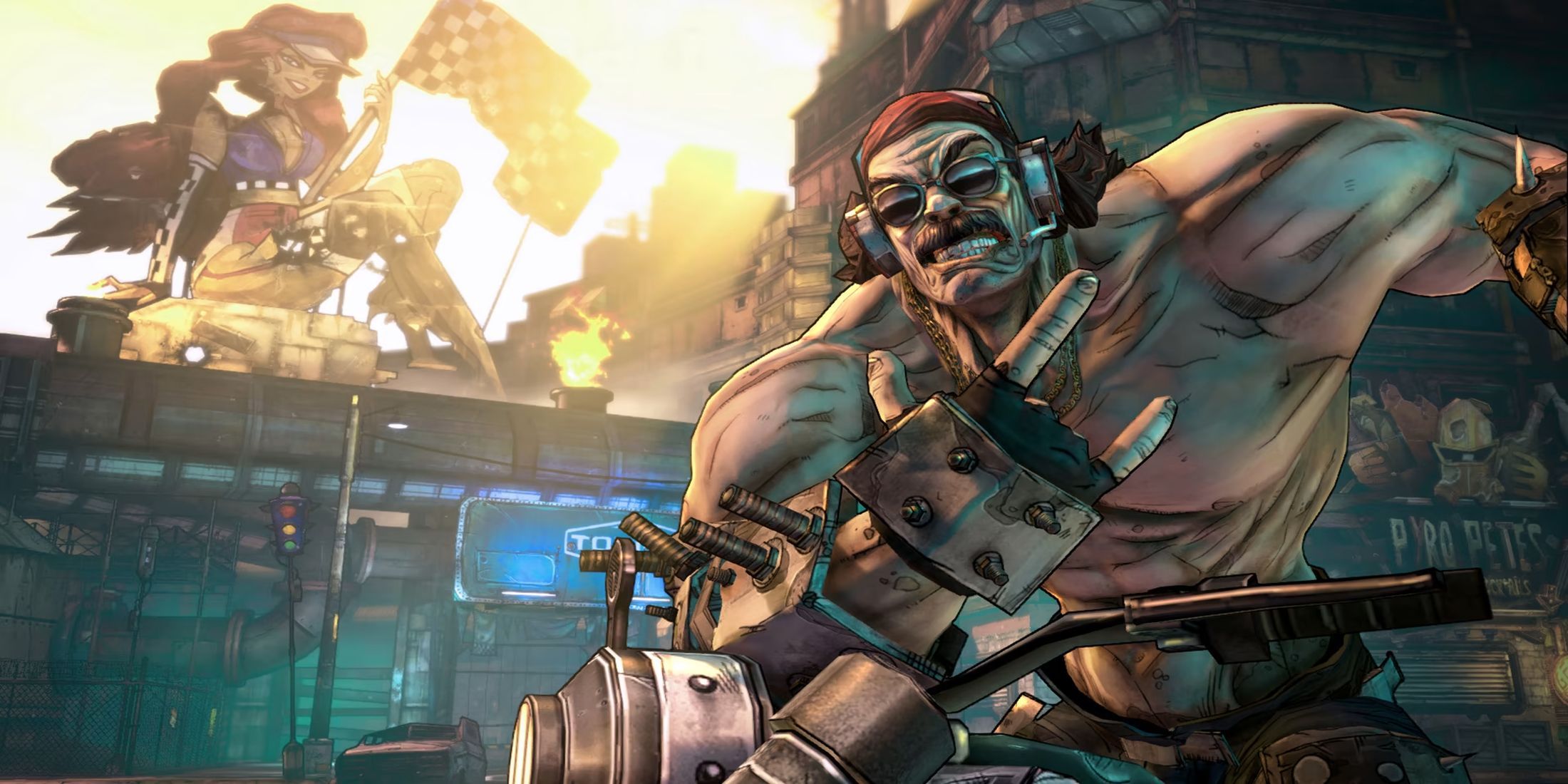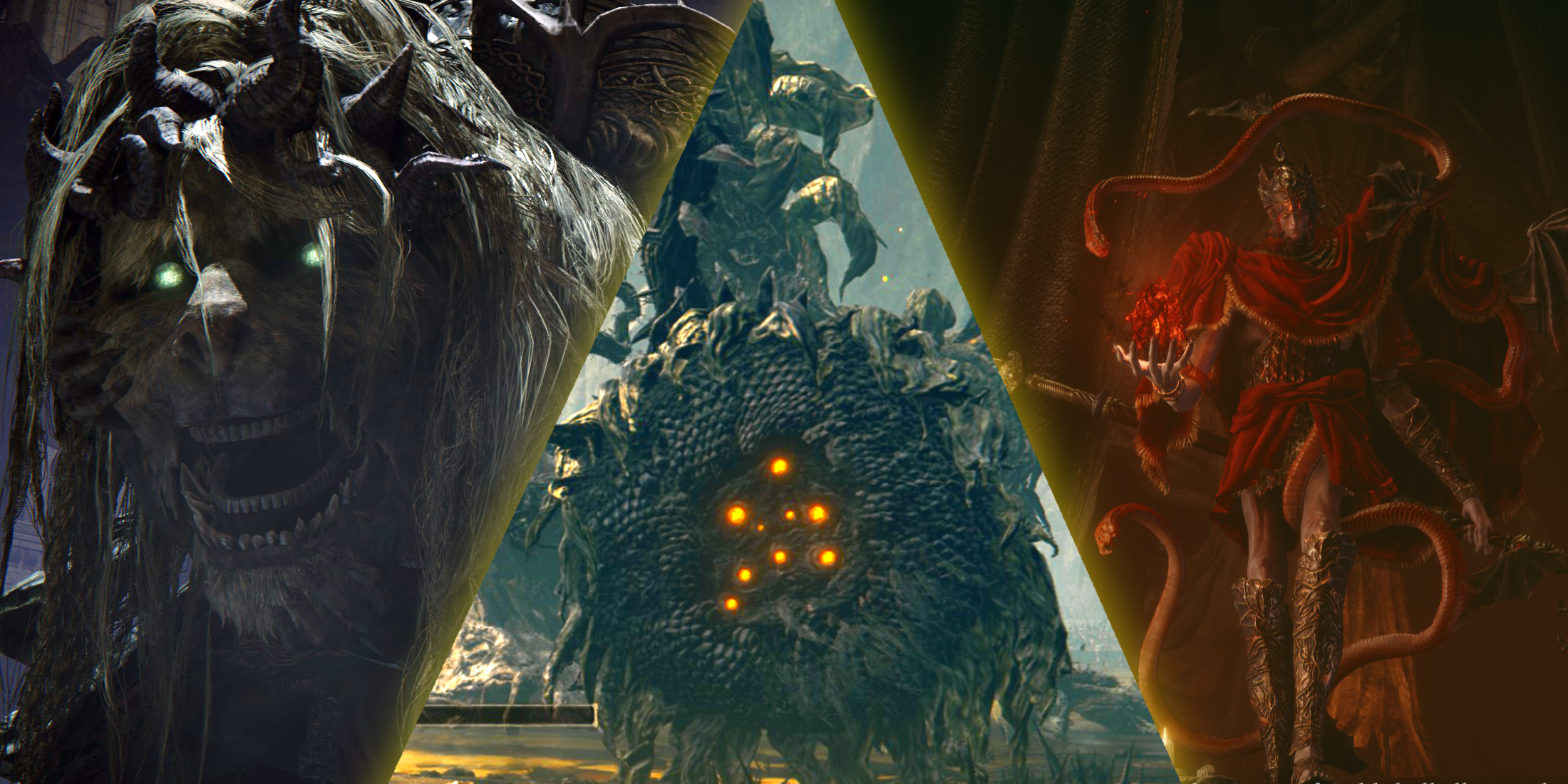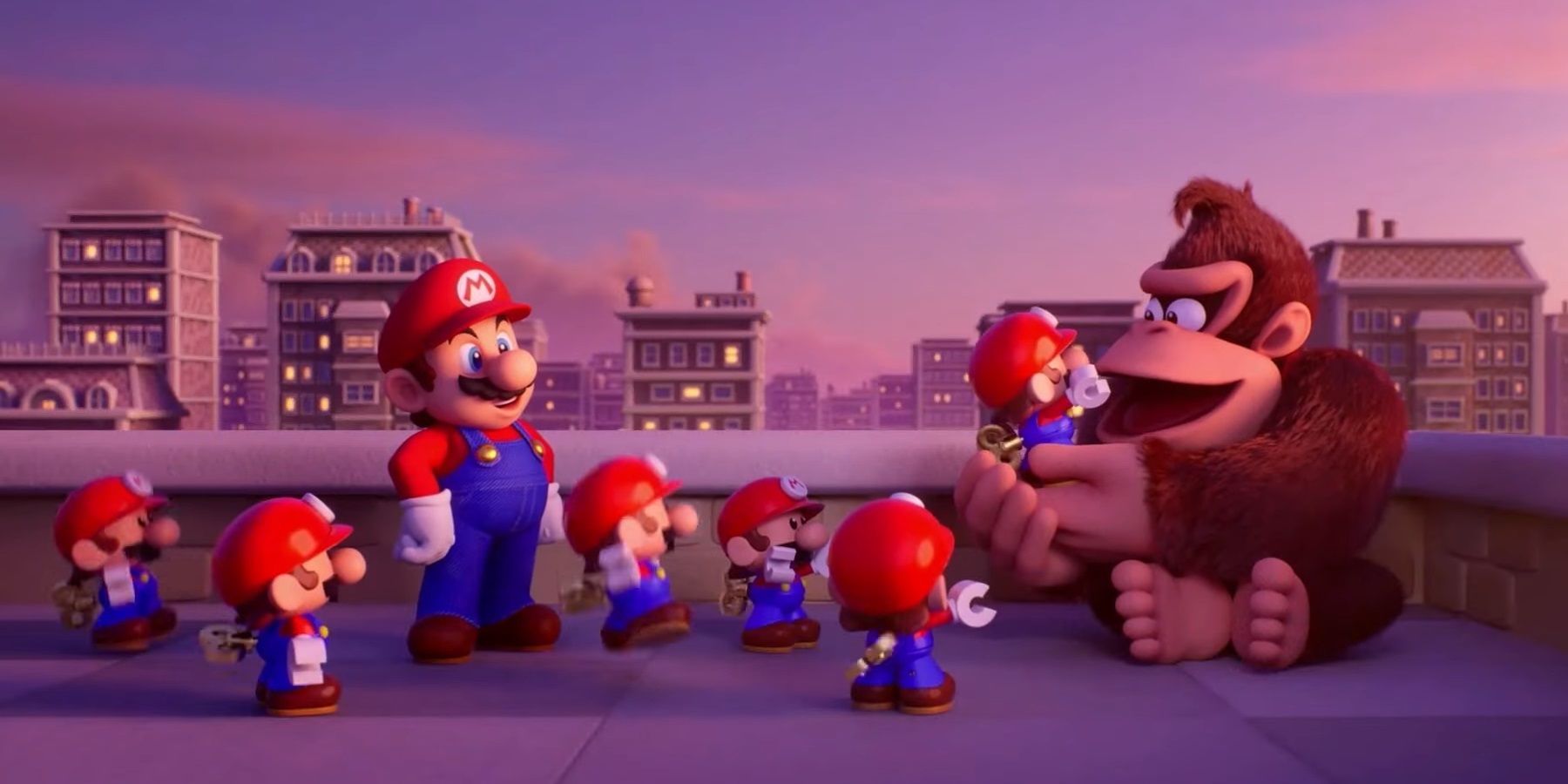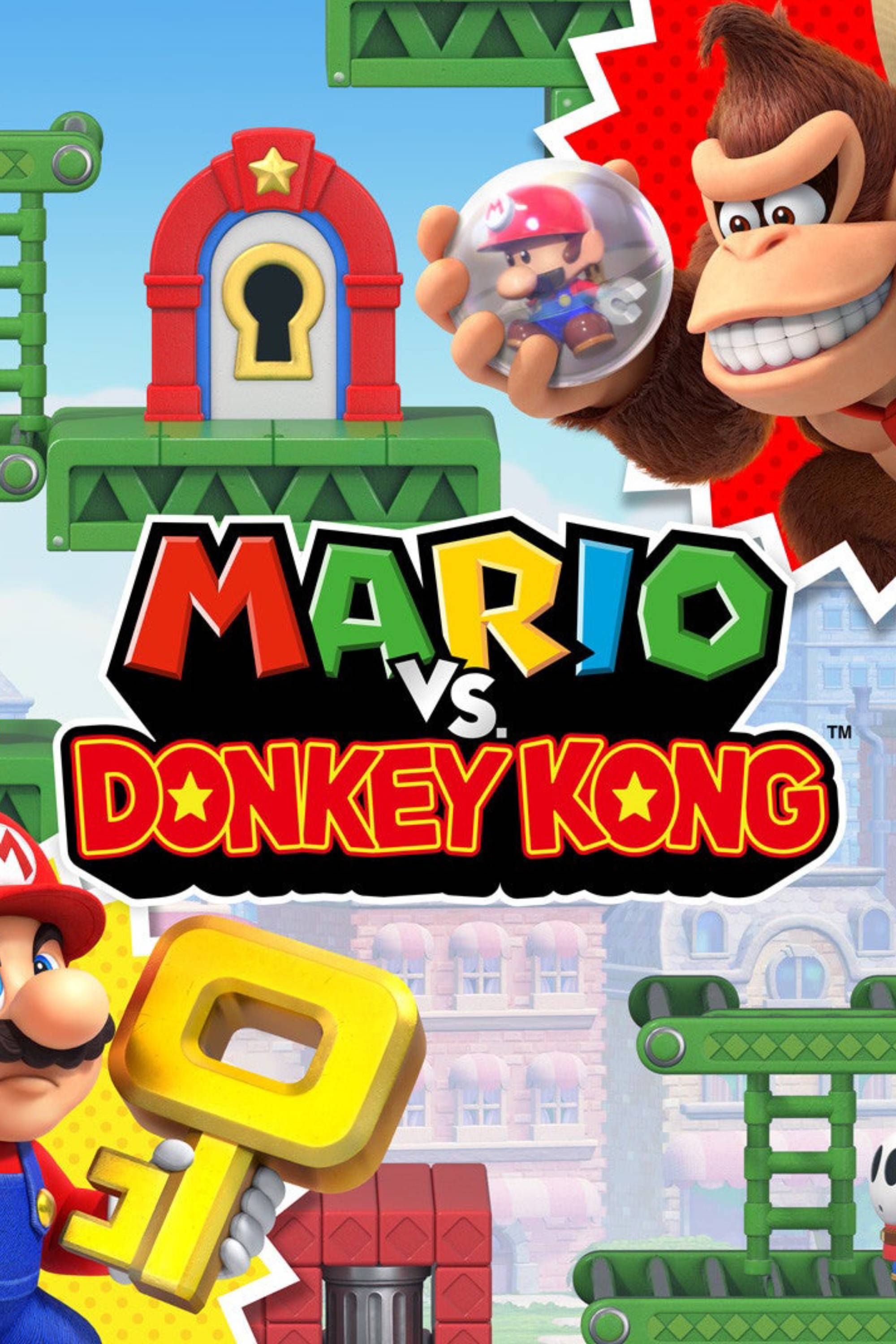Highlights
- Mario vs. Donkey Kong offers two playstyles, Classic and Casual, for different levels of difficulty and accessibility.
- Casual mode in Mario vs. Donkey Kong provides infinite time, checkpoint flags, and extra hit points for a more relaxed experience.
- The inclusion of Casual mode in Mario vs. Donkey Kong sets a positive example for accessibility features in other Nintendo games.
Among the many changes found within Mario vs. Donkey Kong's remake, one that stands out is the ability to change between two difficulty options. Presented as 'Play Styles', Mario vs. Donkey Kong's difficulty options are excellent for accessibility.
In addition to a co-op mode, the different playstyles are part of Mario vs. Donkey Kong's new content. The playstyles (accessible at any time on the pause menu or the level-select screen) come as two options: Classic and Casual. Classic is what it says on the tin, presenting unaltered gameplay. Casual is the newcomer, switching things up to make the experience more accessible.
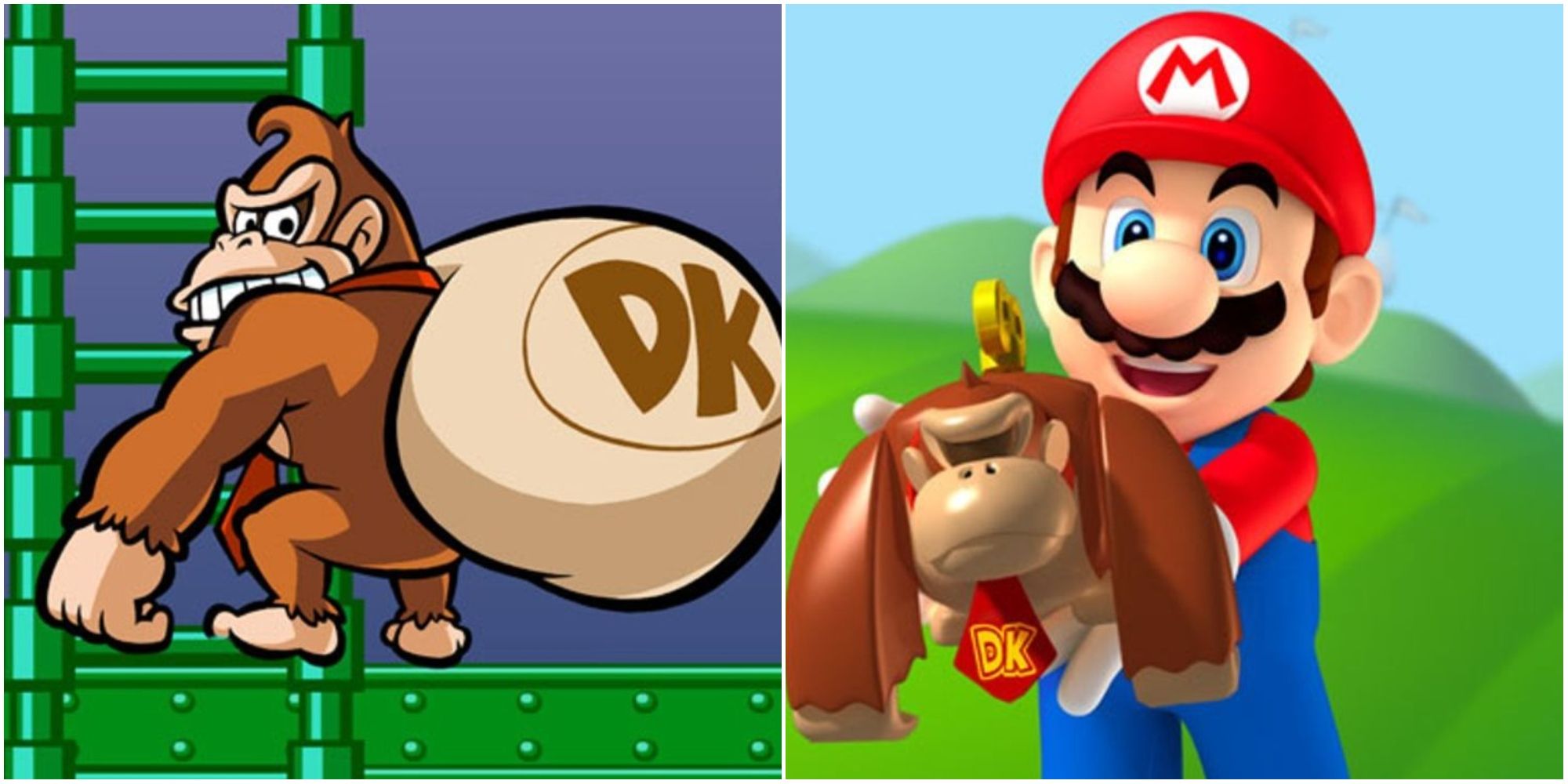
All Mario vs. Donkey Kong Games, Ranked
The Mario vs. Donkey Kong title brings back one of the most classic rivalries in all of gaming, but how does it rank amongst other Mario & DK entries?
Mario vs. Donkey Kong's Casual Mode Is A Great Accessibility Option
The Differences In Playing Casual Mode
Mario vs. Donkey Kong's Casual mode infers a variety of benefits to make things easier. It gives the player infinite time to beat the level, rather than the time limit assigned in Classic mode. Furthermore, some stages will have checkpoint flags dotted throughout them. The player is also given five bubbles that serve as additional hit points. If hit whilst they still have bubbles, the player will be floated to the start of the screen or to their last checkpoint flag. The bubbles will also sometimes reset enemies back to their original location if they've been moved, although this doesn't always happen. A bubble is consumed once Mario is hit. If all bubbles are consumed and Mario is hit again, a life will be consumed—resetting the bubble count.
Casual Mode Goes Beyond Typical Accessibility Features
No detriments are received from playing a level in Casual mode; once a stage is passed, it is counted as beaten and stars are awarded if conditions are met, exactly like how Classic mode works. This is a change from how many games treat different difficulties. Cuphead, known for its tough-as-nails tussles, doesn't count a boss as beaten for the purposes of progression if completed on easy difficulty. It also cuts out content, denying players who want an easier experience from seeing more of the game. Cuphead's not alone in this regard, with these attitudes extended to many games—with other titles dubbing easier difficulties as 'baby mode' or with other condescending monikers.
The view that easier difficulties are somehow a way of gaming the system may have a point in multiplayer titles (though even then there should still be means for the game to assist those who need a hand) but is patently false in singleplayer games. There's no harm in letting players have an easier time, and there's no point in demeaning those who take that road. To that latter point, calling the modes 'Casual' and 'Classic' is a great way to differentiate them without insisting upon the superiority of one over the other. All these aspects make Casual mode one of Mario vs. Donkey Kong's best new inclusions.
Other Nintendo Games Could Take Notes From Mario vs. Donkey Kong
Nintendo has been fairly consistent about adding in accessibility features, especially in modern times. However, it doesn't always succeed as much as it could. An example would be Super Mario 3D World's Assist Block (which also appears in other games in the same or different forms). This block appears after five or more deaths, offering the player a helpful boon. Whilst this is a good step, it often feels like a tease for players failing at a section—rubbing the loss in their face.
By being an optional play style available whenever the player wants it, Casual mode avoids this problem. Whilst Nintendo's accessibility features haven't always been perfect, it'd be great to see the company retain this concept throughout its future releases.

